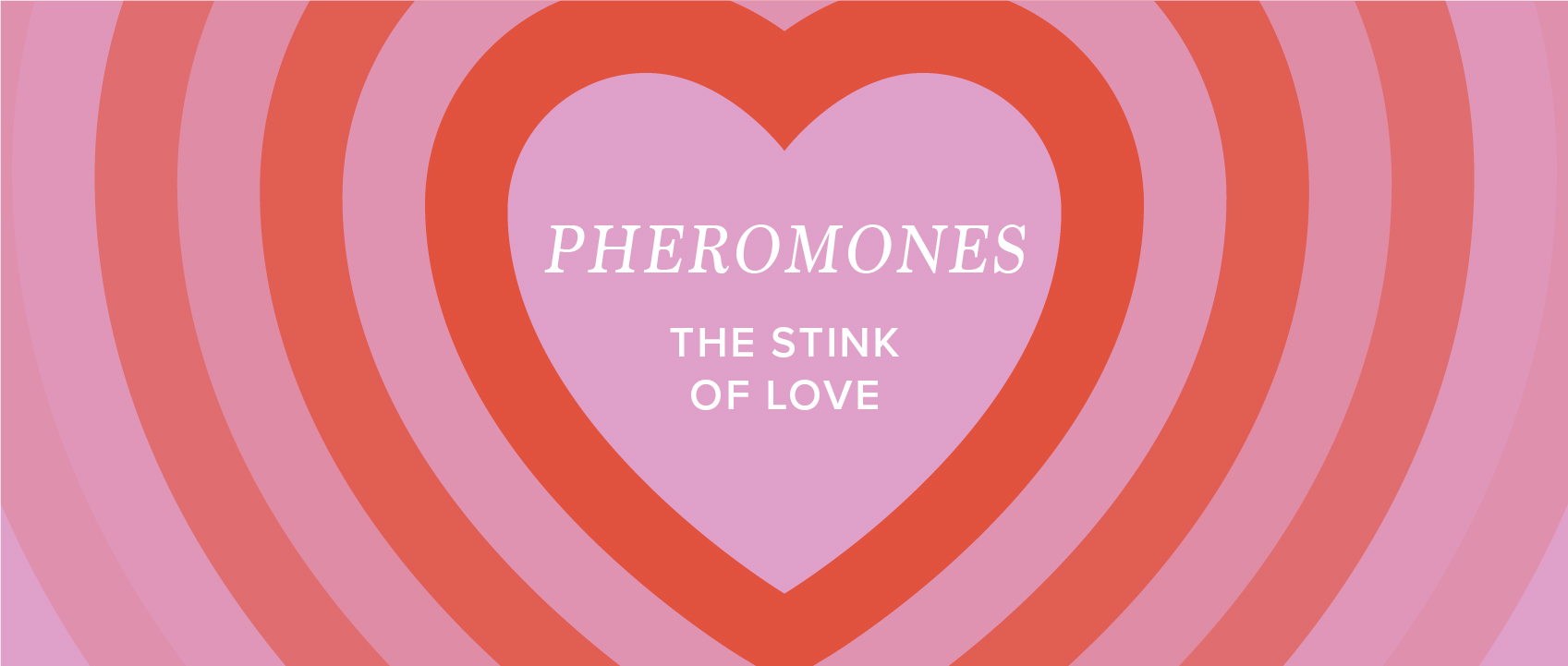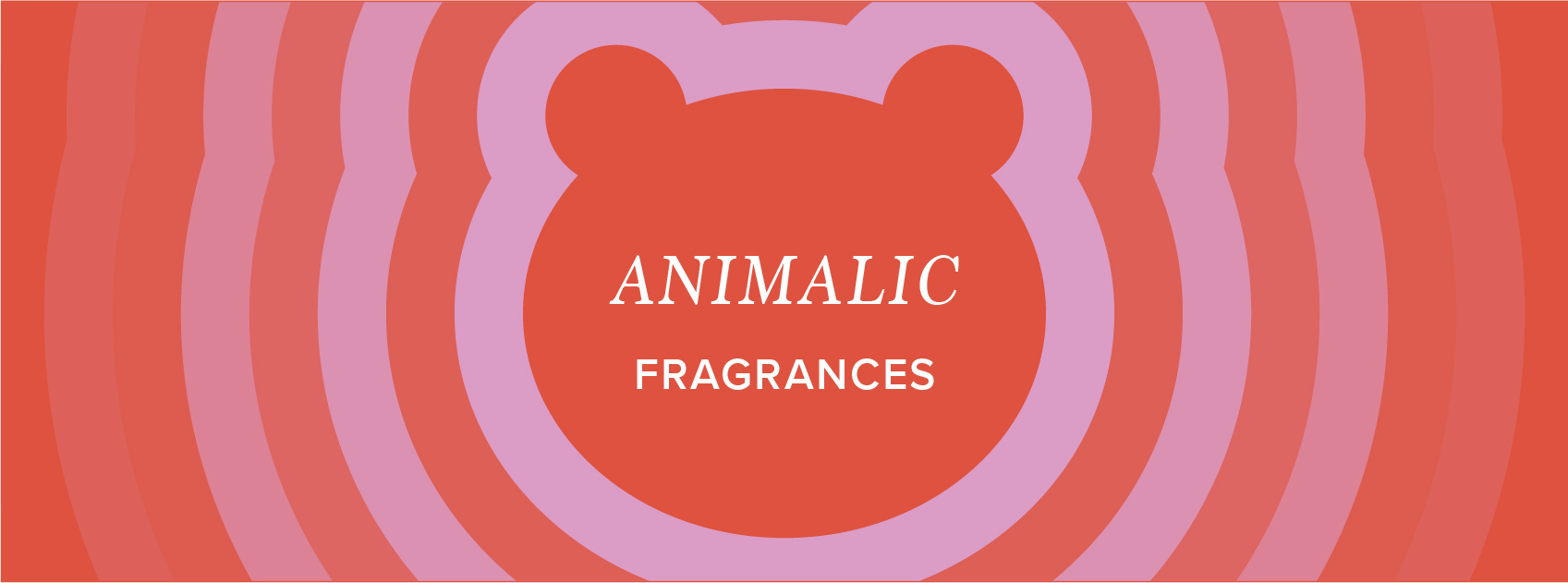- #
- ABC
- DEF
- GHI
- JKL
- MNO
- PQR
- STU
- VWXYZ
/ Fragrance / Can Perfume Attract The Love Of Your Life?

Can Perfume Attract The Love Of Your Life?
Recently, there’s been a lot of talk about pheromone perfumes. There are countless fragrances on the market that claim to be able to act as an attractant, aphrodisiac or even as straight-up love potions!
But what are pheromone fragrances, and is there any merit to the claims they’re making?

Pheromones are essentially a chemical means of communication for animals. A pheromone will be secreted by A to be received and interpreted by B. They can be used to raise alarm, mark territory, leave a trail or, of course, to attract a mate.
We have a lot of information about pheromones in the wider animal kingdom, from moths to rabbits to pigs. However, as of right now, there is no evidence that humans can produce or detect pheromones in each other. This doesn’t mean we don’t have them, just that we haven’t been proven to yet!
Long story short, there cannot really be such a thing as a “pheromone” fragrance that is scientifically proven to work. That being said, most pheromone fragrances have a musky, skin-like quality to them, which may appeal to us for different reasons.

Humans are mammals after all, and we stink! This may be why we are attracted to “animalic” scents like those extracted from ambergris (whale bile), castoreum (an exudate from the beaver’s castor sac), and musk (from deer glands).
Oud is one of the most popular fragrance notes in the world, despite (or because of, perhaps) its dirty, sometimes even faecal aroma. Many white florals contain a molecule called indole, which is also present in human faeces. There’s a hypothesis that these notes act as an aphrodisiac or seem sexy to some people because they mimic smells that come from the same region as our genitalia. Whether that’s true or not is yet to be proven though!

What we can tell you from our fragrance consultations at Lore is that there is no one singular note that everyone loves or finds attractive. For example, those animalic fragrances we just mentioned are certainly not everyone’s cup of tea.
Culture and fashion tend to have a heavy influence on the kind of scents people find attractive. While aldehydic powdery violet perfumes may have been considered the most erotic kind of fragrance you could buy 100 years ago, now we tend to think of them as the kind of distinctly non-sexy scent your great-aunt would wear.
These days, the fragrances most frequently labelled as “sexy” are sweet, gourmand musky scents – but who knows how long that will stay the case!

The truth is, how people interpret a smell is completely subjective, which is what makes the olfactory sense so hard to study. What we know about the human sense of smell has mainly come out of psychological studies rather than biological ones. We do know that our sense of smell evolved very early on, and is very complex – while there are about 3 genes responsible for sight, there are over 400 responsible for smell. As such, our sense of smell is an extremely important tool for navigating day-to-day life.
Because every nose is so different, and there’s no one scent or note that will attract anyone and everyone, we think the most alluring, sensual fragrance you can wear is one you love.
If you love your smell and it makes you feel powerful, confident, and sexy, it will show. And what could be more attractive than that?
As a source for this email, we used information from Episode 82 of the Perfume Room Podcast, The TRUTH About Pheromones… From An Evolutionary Biologist! (w/ Dr. Tristam Wyatt), which you can listen to here.



